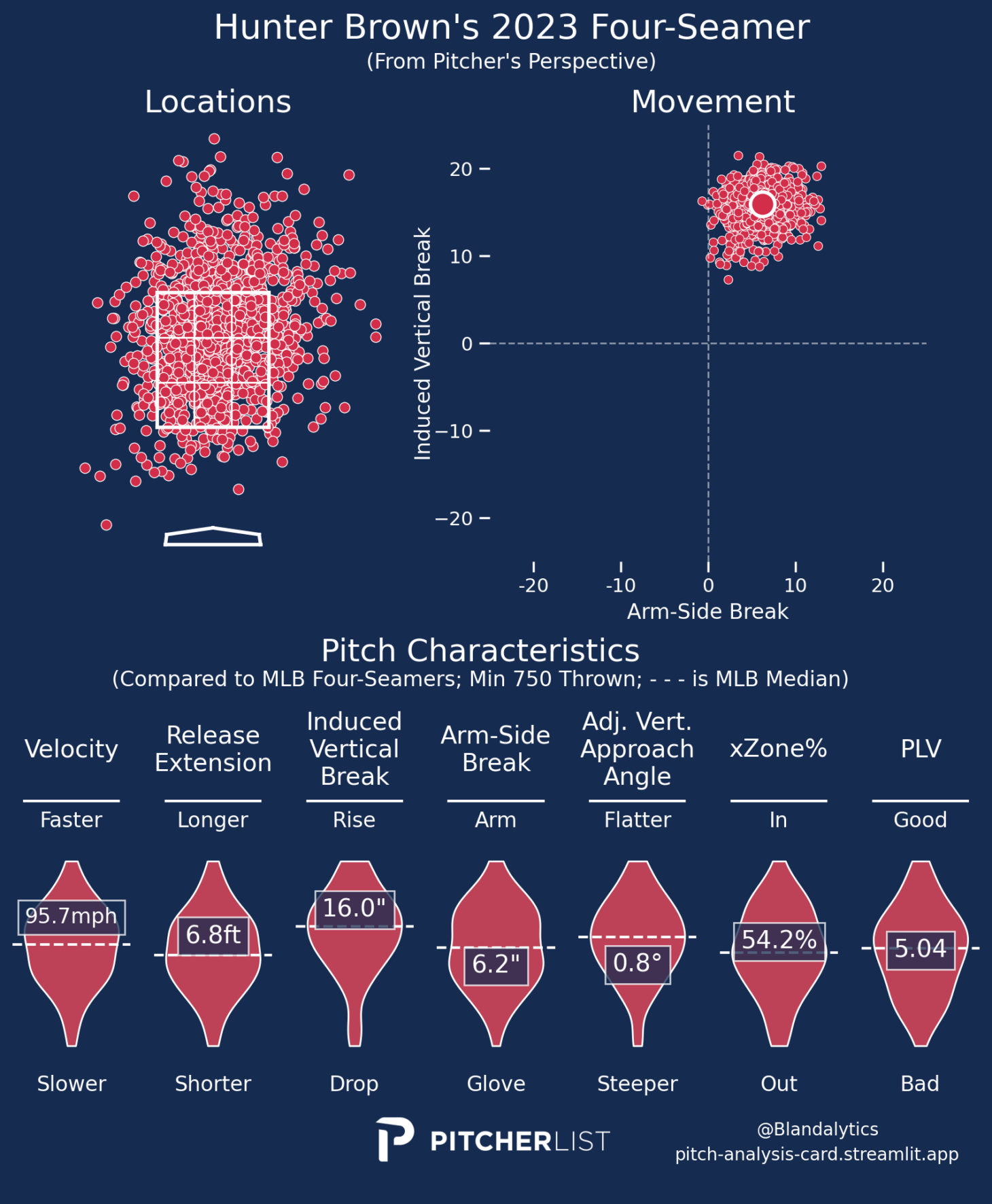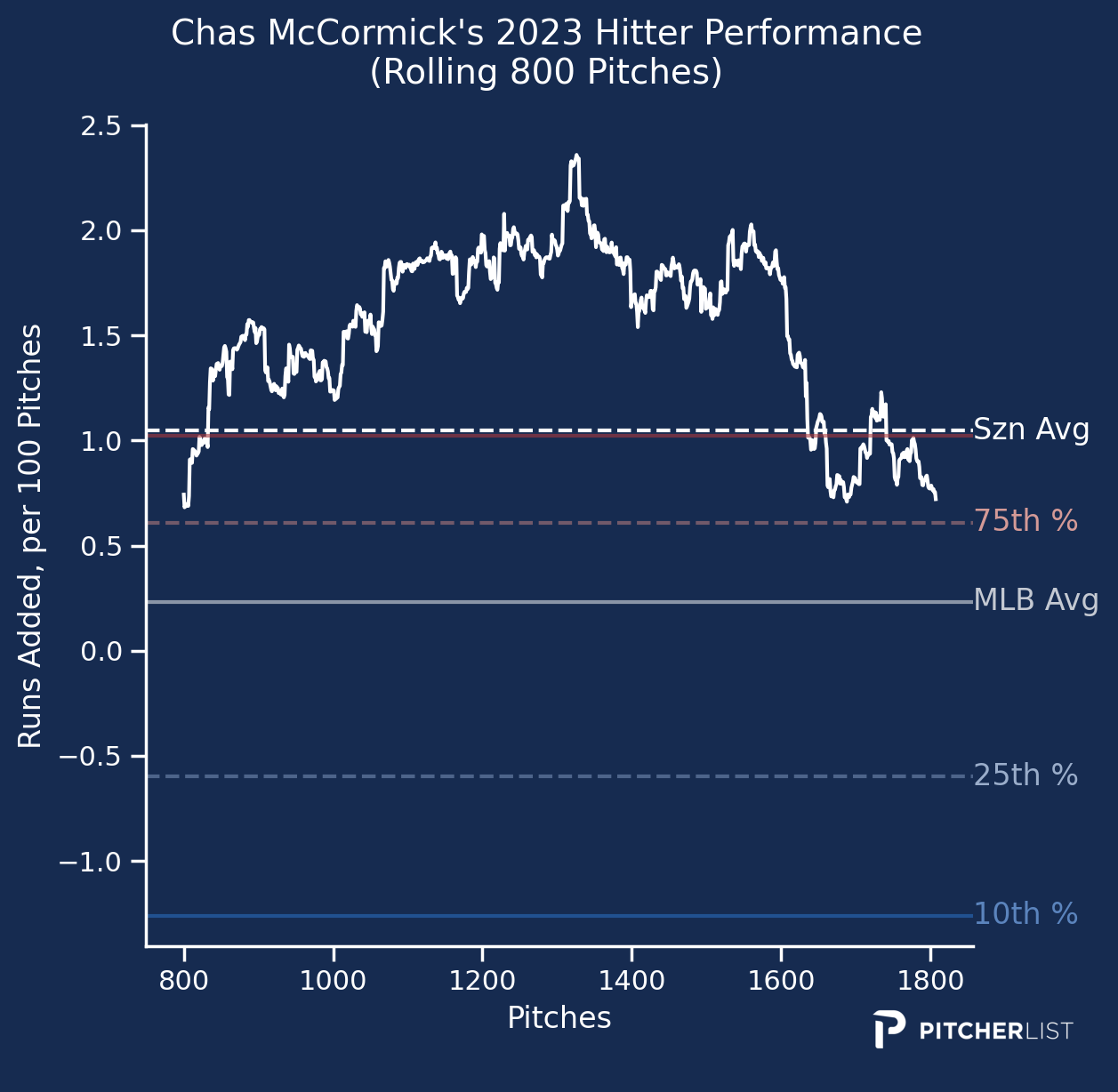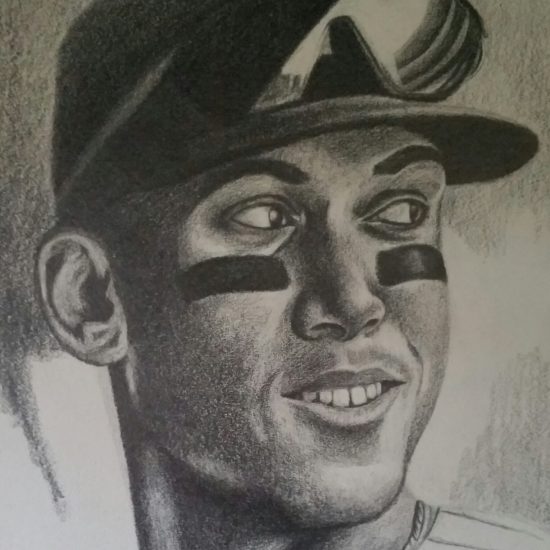After finishing in the final four for the seventh consecutive season, which is mind-blowing, the Astros have had a fairly quiet winter thus far. Last year, the Astros were once again one of the most productive offenses in baseball, finishing fifth in runs scored and team OBP, and were seventh in home runs. They finished 18th in stolen bases.
Meanwhile, their starting pitchers combined for a middle-of-the-pack 4.17 ERA (12th) and 4.41 FIP (18th) thanks in part to struggles from José Urquidy and rookie Hunter Brown. They also lost Luis Garcia to TJ early in the season. Nevertheless, the likes of Yordan Alvarez, Jose Altuve, and Kyle Tucker powered them to a fifth-place finish in run differential.
Sleepers
2023 stats (634 PA): .263 AVG | .324 OBP | .381 SLG | 81 R | 52 RBI | 10 HR | 13 SB
After a strong rookie season which included winning the ALCS MVP, Peña seemed poised to solidify himself as one of the league’s top young shortstops. Instead, he fell flat in year two mostly due to a lack of home runs. That aside, there was at least one noticeable improvement; he raised his OBP from .289 to .324 thanks to a modest bump in walk rate while cutting his K rate nearly four points to 20.3%.
The power, though, or lack thereof, is difficult to gloss over. In this case, a rolling graph is worth 1,000 words.

Yeah, not great. Here’s where I wish I could point to something like his barrel rate or something like that to make Peña’s case of returning to league-average power a little more compelling. But there’s nothing positive underneath to cling to; his home run-to-fly ball rate was just about cut in half and his ground ball rate ticked up about five points. He earned a 40 grade in power on PLV last year, compared to 50 in 2022.
Still, I don’t think any of that necessarily precludes him from approaching 20 home runs next year. For one thing, he’s done it already, and, even better, Steamer projects him to hit 19 HR while slashing .264/.316/.422.
Another area to look for improvement is his splits; he has a .826 OPS against LHP and a .665 OPS against RHP for his career (1192 PA).
While Peña isn’t much of a base stealer (20 seems like his ceiling), he’s got wheels; according to Statcast, he’s in the 96th percentile in Baserunning Run Value. Peña has at least two notable blemishes in questionable power and uneven L/R splits but his role seems secure. All told, his combination of solid plate and baserunning skills in a potent Astros lineup seems like a pretty decent way to rack up counting stats, especially considering how late you can get him. Per NFBC ADP (10/1 through 12/27), he’s the 22nd SS off the board.
2023 stats (155.2 IP): 5.09 ERA | 1.36 WHIP | 178 K | 11 W
Hunter Brown started strong last year with a 3.67 ERA/1.20 WHIP through his first 15 starts but everything went south in the second half. Perhaps I’m making an excuse, but still, I think you have to wonder at least a little bit if fatigue had something to do with the poor results, especially late. Brown’s previous high in innings pitched was 126.2 in 2022 and 106 of those came in Triple-A. You don’t need me to tell you that figuring out how to work through a big-league lineup is probably a bit more taxing, mentally and physically. The learning curve is steep and often brutal.
Dusty Baker said it best following a rough start against the Mariners on July 7th: “He’s a young pitcher and they go through periods of inconsistency and up and down.” So Brown took his lumps as is par for the course for most rookie pitchers.
So, last year’s growing pains aside, what can Brown do for you? Miss bats. A case in point is the aforementioned start against the Mariners; he allowed five earned runs on eight hits through three innings but he also earned a share of the gallows pole with 17 whiffs on 88 pitches.
Overall, Brown had an impressive 26.8% K rate (21.6% was the league average), a respectable 8.7% walk rate, and a quality arsenal shown below. Also of note, his 3.89 PLA indicates he probably didn’t deserve the 5.09 ERA he ended up being saddled with.

First, he throws a hard four-seamer averaging 95.7. However, it’s not the sort of fastball that gets a ton of swings and misses with a 9.8% swinging-strike rate. I’m cheating by looking at Nick’s SP round-up notes (you can find them all on the player page under the game logs) but one interesting observation is that Brown seemed at times intent on throwing his heater up in the zone. In short, it looked like he was trying to figure out what his optimal approach was.

It’s also interesting because if you look at Brown’s fastball on the PLV Pitch Type App you’ll see that Brown’s 0.8 Adj. Vertical Approach Angle isn’t conducive for whiffs upstairs (i.e. flatter or above 1.2). Still, its combination of above-average velocity, release extension, and induced vertical break has me very interested to see what it might look like with a little more tinkering.
Brown’s slider leads his arsenal with an excellent 5.38 PLV. However, his curveball, the slower of his two breakers, is his main swing-and-miss pitch with a 15.3% SwStr rate. The curveball, though, earned a more pedestrian PLV of 5.00 (more or less average) while allowing a ton of hard contact to LHB (50.8% ICR and 15.9% barrel rate) so command to opposite-handed hitters might be an area for improvement.
Brown also changed his delivery late last August and discussed it with FanGraph’s David Laurila. During the interview, he mentioned not being pleased with the consistency of his curveball’s horizontal break or its performance inside the strike zone. And if you’re curious about his changeup, here’s an interesting line: “My favorite pitch to throw is actually the changeup, I just don’t throw it very often.”
All this is to say that Brown is far from a finished product and has some interesting elements in his arsenal; if he can put it all together, there’s a ceiling worth going after. Per NFBC, he’s currently the 74th pitcher off the board (including RPs) with an ADP of 190.74.
Busts
2023 stats (162.1 IP): 3.22 ERA | 1.13 WHIP | 144 K | 13 W
Verlander’s 2023 season began with a low-grade teres major strain that sidelined him for about a month. Still, it didn’t prove much of a concern as he held a 3.15 ERA and 1.14 WHIP through 16 starts with the Mets before being shipped back to Houston where he held a 3.31 ERA and 1.12 WHIP through 11 starts.
Sure, the results weren’t as scintillating as his storybook 2022 but, still, it looked a lot like what we’ve come to expect from the future Hall of Famer. The one thing that was off, though, was his K rate which dropped nearly six points to 21.5%, his lowest since 2015 (21.1%).
His slider’s swinging-strike rate dropped from 19.2% to 15.2% but it still rated well with a 5.36 PLV. The bigger concern though is the fastball; its velocity dropped from 95 to 94.3 leading to a dip in PLV from 5.24 to 5.01 (about league-average). His fastball’s swinging-strike rate also dipped from 10.4% to 9.5%.
Still, its statcast profile wasn’t all that bad; a 37.6% ICR is a pretty solid mark relative to other fastballs so I don’t want to make it seem as if the wheels are about to completely fall off. Still, given that he throws his heater 50% of the time, its decline across the board should be noted.
Chances are Verlander doesn’t bottom out completely; in that case, calling him a bust is a little harsh. Still, if I’m picking one pitcher on this roster that could fall a little short of expectations it’s the soon-to-be 41-year-old power pitcher whose fastball is showing signs of wear. The curmudgeon that is Father Time remains undefeated.
2023 stats (457 PA): .273/ .353/ .489| 59 R | 70 RBI | 22 HR | 19 SB
I’ll admit, I’m usually a little hesitant to completely believe in older hitter breakouts. Still, I have to admit that McCormick deserved the good results last year.

Overall, he ended with solid grades in his PLV profile: 50 SZ Judgement, 60 DV, 60 power, and a 60 in HP. The only blemish was a below-average score in contact ability (40).
His splits, though, are difficult to ignore.
Last year, McCormick slashed .325/.399/.610 against LHP. Against RHP he slashed .250/.333/.436. Or if you prefer wRC+ a 177 mark against LHP as opposed to 114 against same-handed pitching.
For his MLB career (1184 PA) McCormick has slashed .309/ .382/ .566 with a 163 wRC+ against LHP. Against RHP, he’s at .239/ .318/ .402 with a 102 wRC+.
I can’t deny McCormick has 20 HR/20 SB ability provided he gets the at-bats. However, this feels a little bit like chasing Enrique Hernández or Harrison Bader after a good stretch. Does McCormick get a long leash if he struggles against RHP? Sure, maybe because of his glove in center. Still, as a 28-year-old with below-average contact ability and underwhelming career splits against RHP, it might prove difficult for McCormick to exceed last year’s 457 PA; in that case, there are other outcomes I’d rather chase.
Photo by Scott W. Grau, Mark Goldman | Icon Sportswire
Adapted by Kurt Wasemiller (@KUWasemiller on Twitter / @kurt_player02 on Instagram

